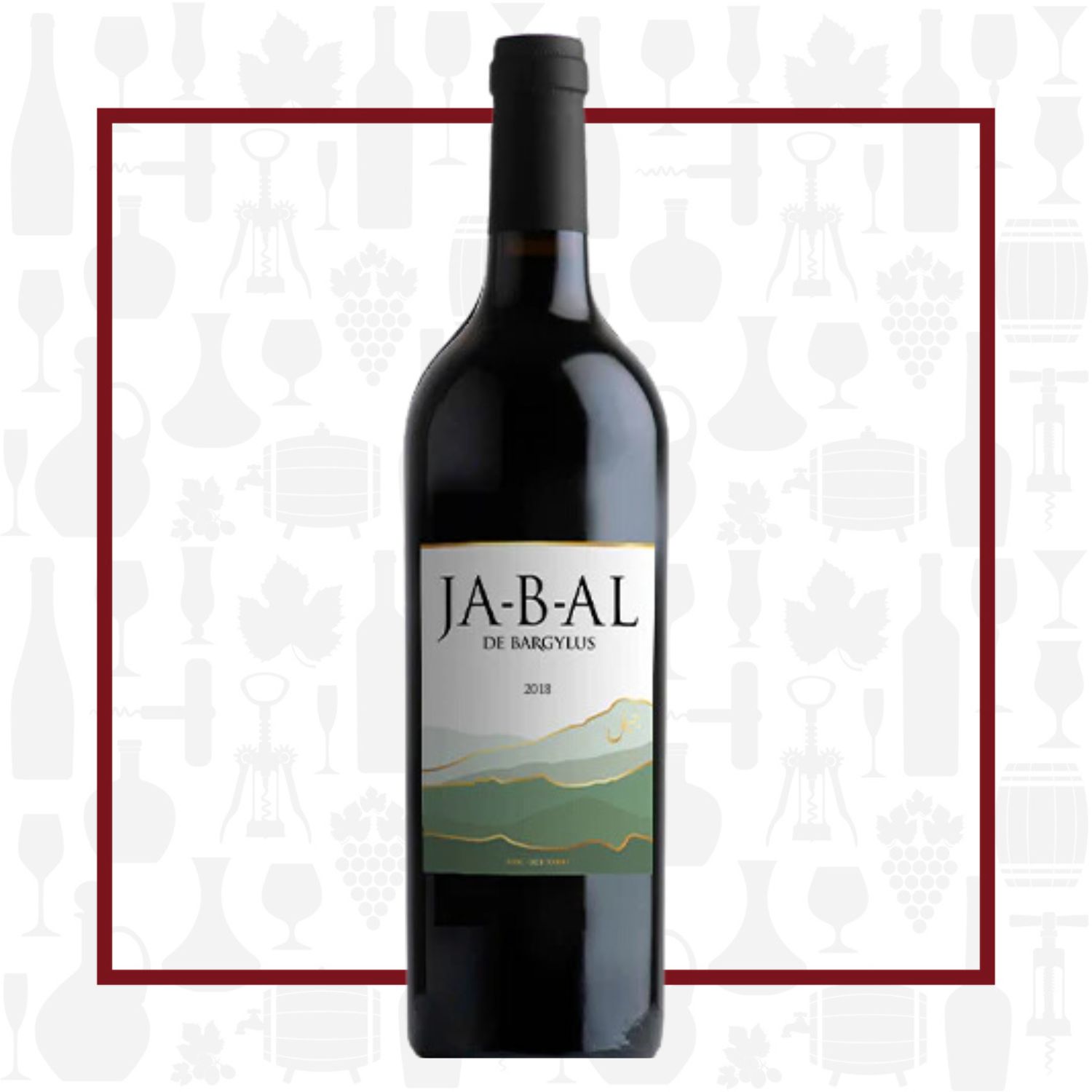Region
Latakia is currently the only region in Syria that has an active operational winery. The internecine civil war has, unfortunately, curtailed any kind of investment in the region, despite its ability to grow extremely high quality grapes. Latakia sits on Syria’s coastal mountain range, in close proximity to the Mediterranean Sea, which provides cooling daytime breezes, essential during the heat of summer. The mountains are rich with deposits of limestone and flint, ideal for the cultivation of vitis vinifera, and the altitude (900 masl) ensures large diurnal shifts between the day and evening, cooling the grapes and slowing sugar production, to ensure full ripening of the skins and complexity of flavour in the finished wines.
Vineyard
Sitting atop the Jabal al-Ansariyeh mountain, Domaine Bargylus’ vineyard is maintained organically, with little to no intervention. The base of limestone underneath clay and deposits of flint are ideal for growing the Bordelaise grapes. Though the days during the growing season can be quite hot, the winds blowing off the sea cool the grapes, as do extremely cool evenings.
Winemaking
Hand-harvested, organically-grown grapes are sorted to ensure only the best berries are used. The Cabernet Sauvignon and Syrah grapes are macerated and fermented separately in open top tanks, using indigenous yeast, with daily manual punchdowns of the cap. Once malolactic fermentation is complete, the wines rest on their lees for three months. Using gravity flow, the wines are racked are racked off their lees, then blended in a combination of new and seasoned French oak barriques for a further eight months. Bottled unfined and unfiltered, the wine rests and mellows for another few years before release.
Varieties
Syrah was found to be the offspring of two obscure grapes from southeastern France, Dureza and Mondeuse Blanche. The style and flavour profile of Syrah is greatly influenced by the climate in which the grapes are grown. Moderate climates, such as the northern Rhône Valley, tend to produce medium- to full-bodied wines with medium to high levels of tannins and notes of blackberry, mint and black pepper. In hot climates, Syrah is more consistently full-bodied, with softer tannin, jammier fruit and spice notes of licorice, anise and earthy leather. Cabernet Sauvignon is probably the most famous red wine grape variety on earth and has successfully spread to almost every wine growing country. With small berries and thick skins, it adds tannic structure, colour and acidity to blends. Known for being soft, ripe and elegant, most Merlots are easy-drinking reds that go well with food but can also be enjoyed on their own. Merlot will help soften a wine that is too astringent or tannic, but can be quite structured on its own. It is a natural blending partner with Cabernet Sauvignon, such as in its ancestral home, Bordeaux.
Tasting Notes
A complex nose of black plum, anise, white pepper, blackberry and tomato leaf. The primary black fruit flavours are offset by some savoury elements, including black olive and nutmeg. The acids are fresh, but the balance here is brought by a firm tannic backbone. The tannins are fairly silky, but there is solid grip. The finish is long, making this a fun contemplation wine, or serve at cellar temperature with a good steak, braised meats or hearty winter stews.

 info@buyersandcellars.ca
www.buyersandcellars.ca
info@buyersandcellars.ca
www.buyersandcellars.ca